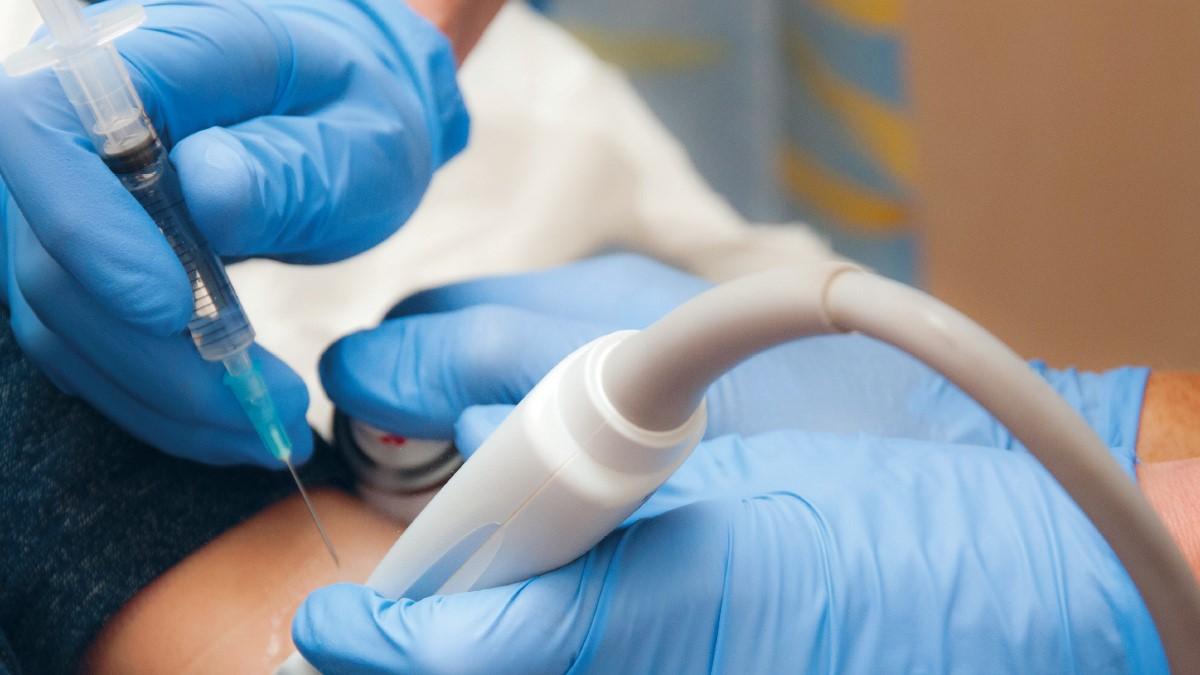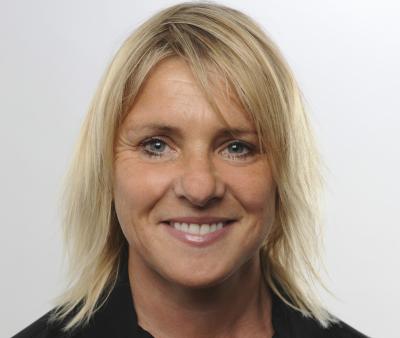The Medicines and Healthcare Products Regulatory Agency (MHRA) has updated the Dysport licence to include upper limb spasticity in children.

This approval means the treatment is now the first and only botulinum toxin in the UK approved for the treatment of paediatric spasticity in both upper and lower limbs.
The regulatory body says that the approval was based on a phase III study, which found that the drug reduced spasticity symptoms in children aged two years and older being treated for upper limb spasticity due to cerebral palsy.
Welcoming the addition of a licence for the use of Botulinum NeuroToxin Type A (BoNT-A), the Association of Paediatric Chartered Physiotherapists (APCP) said they hoped that accompanying guidance will aid the ongoing development of multi-disciplinary teams to ensure optimum outcomes.
Physio 'a key element'
APCP chair Jane Sellar said: ‘Physiotherapy is a key element of the treatment pathway.'
BoNT-A is well recognised as an accepted treatment modality for the management of hypertonia in children and young people with motor disorders such as cerebral palsy, she said.
‘To date the only licenced paediatric use of BoNT-A in the UK has been for lower limb (calf complex) spasticity in children with cerebral palsy aged two years and older in specialist centres with trained health professionals.
“Off- label” basis
‘Within current paediatric clinical practice, injections are often indicated in a variety of additional muscle groups and as a result, the majority of treatment interventions with BoNT-A are delivered on an “off-label” basis, said Ms Sellar.
‘The results of this phase III study contribute to the current evidence base which supports the appropriate use of BoNT-A as an adjunct to evidence based therapy, in order to maximise development and function in children and young people with spasticity.’
APCP are updating their guidelines for paediatric physiotherapists. And the UK and Ireland Upper Limb Rehabilitation Network has produced a consensus level guidance document to support the clinical reasoning and processes that accompany the administration of BoNT-A as an adjunct to evidence-based upper limb therapy in children and young people under 19 years of age.
Alison Smith, consultant paediatric neuro-physiotherapist at the NPP neuro group which provides neuro rehabilitation services to the NHS and the private sector, said: ‘Therapeutic options such as BoNT-A are an important part of the highly specialised, multidisciplinary approach for treating spasticity, alongside physio- and occupational therapy.

'Crucial' role physios play
‘Appropriately trained and qualified healthcare professionals, including physiotherapists, now have an approved toxin treatment option which recognises the crucial role physios play in the management of general and focal spasticity, particularly in children with cerebral palsy.
‘Upper limb spasticity is a significant source of disability particularly in children where impaired muscle growth can lead to abnormal posturing and skeletal deformities.
‘This in turn causes pain and discomfort and difficulties performing daily tasks such as washing, dressing and feeding. Having a therapeutic option approved for both upper and lower limb indications creates a real benefit for patients as it allows a holistic treatment approach for those with multi-focal spasticity.’
Find Out More
Number of subscribers: 3



































